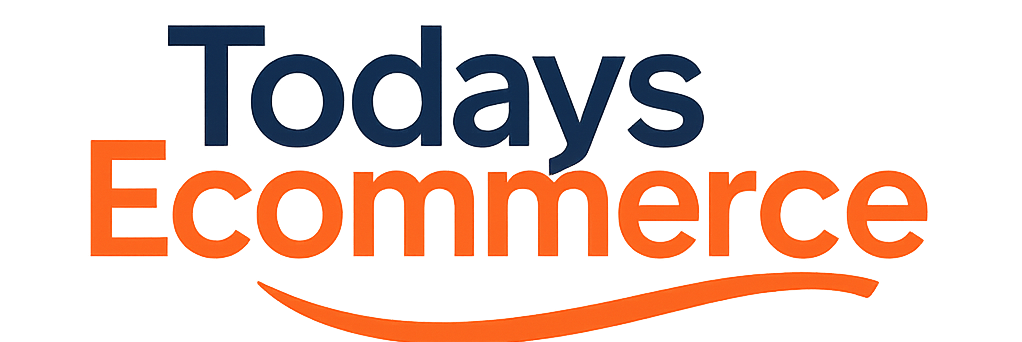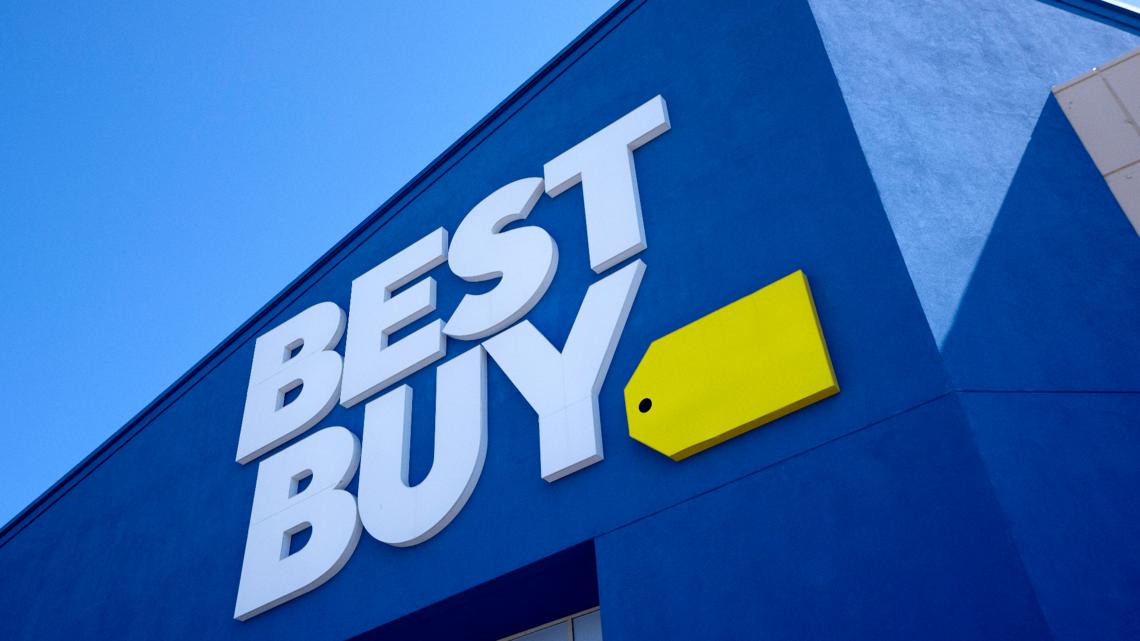Best Buy, America’s largest consumer electronics retailer, delivered sobering news to investors in May 2025 when it significantly reduced its annual profit and sales outlook amid mounting pressure from tariffs. The Minneapolis-based company’s decision to cut projections reflects the broader challenges facing retailers as they navigate an increasingly complex trade environment that’s forcing difficult decisions about pricing and profitability.
The retailer’s fiscal first quarter results painted a picture of a company grappling with multiple headwinds. Best Buy reported net income of $202 million, or 95 cents per share, representing a decline from the previous year’s $246 million, or $1.13 per share. While the company’s adjusted earnings of $1.15 per share exceeded analyst expectations, revenue fell short at $8.77 billion compared to the anticipated $8.81 billion.
The impact extends beyond quarterly performance, with Best Buy’s stock tumbling more than 8% following the announcement, leading S&P 500 decliners for the day. The company’s shares have declined nearly 25% year-to-date, reflecting investor concerns about the retailer’s ability to navigate the challenging operating environment. This dramatic market reaction underscores the significant role that trade policies now play in shaping retail sector performance and investor sentiment.
Tariff Impact Forces Strategic Adjustments
Best Buy’s vulnerability to tariff policies stems from its heavy reliance on international sourcing, particularly from China and Mexico. The company sources approximately 55% of its merchandise from China and 20% from Mexico, making it particularly susceptible to trade policy changes. This dependency has forced the retailer to confront the reality of higher costs that ultimately impact both profitability and consumer pricing.
CFO Matt Bilunas acknowledged the tariff impact in the company’s updated guidance, stating that their forecast assumes tariffs will remain at current levels for the remainder of the year. The company now projects fiscal 2026 revenue between $41.1 billion and $41.9 billion, down from its previous range of $41.4 billion to $42.2 billion. Additionally, adjusted earnings per share expectations were reduced to $6.15 to $6.30, compared to the prior forecast of $6.20 to $6.60.
Price Increases Implemented as Last Resort

Facing mounting cost pressures, Best Buy has begun implementing price increases on select items, with changes taking effect in mid-May 2025. CEO Corie Barry characterized these price hikes as “the very last resort” after exhausting other cost-mitigation strategies. The company has encouraged vendors to diversify manufacturing locations, negotiated lower costs, and adjusted its merchandise mix before resorting to passing costs onto consumers.
The retailer’s approach reflects the delicate balance companies must strike between maintaining profitability and preserving customer relationships. Barry emphasized the company’s efforts to stay nimble in response to rapidly changing trade policies, noting the “myriad” of changes in global trade approaches over recent months.
Broader Retail Sector Implications
Best Buy’s challenges mirror those facing numerous retailers dependent on global supply chains. The company joins other major retailers like Abercrombie & Fitch and Macy’s in lowering profit projections due to tariff impacts. This trend highlights the widespread nature of trade policy effects across the retail sector, particularly for companies selling imported goods.
The situation has created clear distinctions between retailers that can successfully navigate these challenges and those struggling to adapt. As the crucial back-to-school shopping season approaches, these differences are becoming increasingly apparent to investors and consumers alike.

